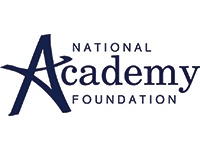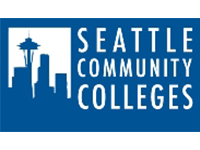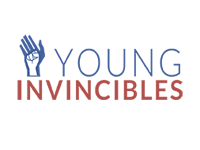Community Colleges – Why They Need and Deserve Our Support
•Getting into college is a bit of an obsession these days. In many communities, the last years of high school are a whirlwind of SAT prep and college visits. I’m only a year out of high school, and I vividly remember the days when every conversation began with “So, what’s your dream school?” Full disclosure: I asked that same question of my peers so often they probably wanted to scream. At my public high school in the Boston suburbs, answers usually ranged from Ivies and large research universities to small, private liberal arts schools. But community colleges were seldom, if ever, talked about by my classmates.
Community colleges are rarely mentioned in some circles, which makes it easy to overlook how vitally important they are in the national higher education landscape. I was stunned to learn in a study by The Century Foundation, a report with contributions from Opportunity Nation Leadership Council members Anthony Marx and Eduardo Padron, that 45 percent of the college-going population in the United States attends community colleges, nearly all of which are public, open-enrollment institutions that accept very applicant with a high school diploma or a GED.

Opportunity Nation Executive Director Mark Edwards and Des Moines Area Community Colleges President Rob Denson
A disproportionately high percentage of community college students are African American or Latino, many of whom are first-generation college students from low-income households Around four-fifths of community college students enroll with the intention of earning at least a bachelor’s degree, a goal often viewed as a step necessary to attain the American Dream. Sadly, the Century study found that just 11.6% of those strivers ever achieve this goal. The bottom line? In a fast-paced job market that demands American workers with increasingly advanced degrees and skills, our community colleges are not keeping up.
Research makes clear that the institutions themselves – often stretched too thin and under-funded — are not primarily to blame.
Another new study by the National Center on Education and the Economy (NCEE) discovered that incoming students at community college often arrive inadequately prepared for college-level work. Nationally, about 50 percent of incoming students require remediation, a setback that contributes to the high drop out rate of community college students.
In addition, a majority of community college students work full- or part-time and many have families, factors that can interfere with their coursework and class attendance.
But many community colleges also need to ramp up their game. The NCEE study found that professors often rely heavily on Powerpoint, video and flashcards to teach their courses instead of engaging with students in more meaningful ways. English classes are often oversubscribed and require little writing. Students are not taught how to lay out their arguments logically and succinctly, a skill necessary for success in the workplace. The study found many students also fail to learn the math skills they need for their careers.
Despite these shortcomings, community colleges continue to play a vital role in America’s future and are in need of critical state and federal support if they are to deliver on their mission as a gateway to higher education, job skills and economic mobility. According to the Opportunity Index, only 35.4% of US citizens hold an associates’ degree or higher. Recognizing that several countries have surpassed the United States in advanced degrees per capita, President Obama laid out an ambitious plan for the US to produce the largest percentage of citizens with associate degrees or higher in the world by 2020 in his American Graduation Initiative. Part of his vision entails an additional five million students graduating from our community colleges. This is a bold plan, especially when considering the severe lack of funding community colleges face in relation to large public research universities.
According to The Century Foundation around 60% of community college students require remedial services and other forms of academic support, so it costs approximately $18,312 a year for each community college student. However, public funding does not reflect this reality. From 1999-2009, public research universities received an increase of around $4,000 per pupil. Community colleges, meanwhile, received an increase of $1 per pupil. This discrepancy in funding is in direct opposition to K-12 education policy in the United States, where the most funding is given to “economically disadvantaged students who, on average, have greater educational needs.” If we viewed higher education in the same way, our community college systems would receive millions of dollars more each year in state and federal aid.
So how can we meet President Obama’s goal of five million new community college graduates by 2020? First, we must improve coordination between our community colleges and our K-12 education system, to ensure students are learning what is necessary for them to be prepared for college. Next, we should emphasize career readiness skills in the community college system, with a focus on mathematics and writing. Last, but most importantly, we can increase funding for our community colleges. If we want to once again be the top-ranked country in the world in terms of educational attainment and economic competitiveness, it is imperative that we revolutionize the system.








